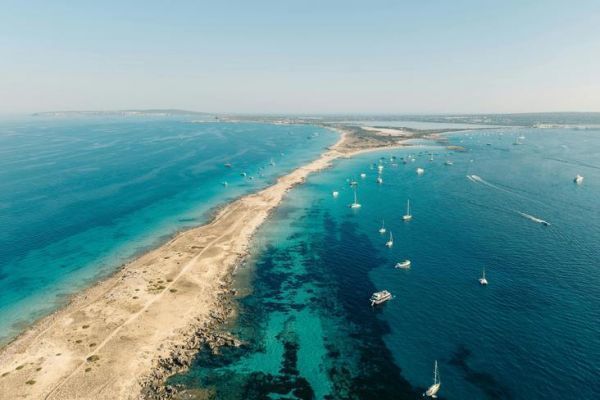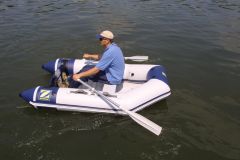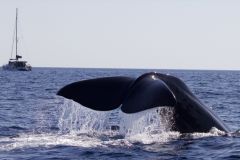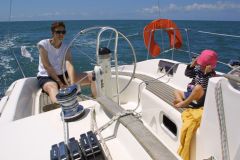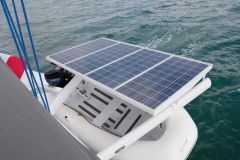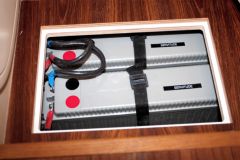Imagine leaving Ibiza and heading south. It's an after-season that tastes like a stolen vacation. As the coast fades, the sea becomes clearer, almost milky. Between two blues, a thin, fragile, almost unreal line of sand appears. This is Formentera.
Here, the sea cannot be conquered: it must be listened to. The island breathes slowly, to the rhythm of the wind, salt and light. We come here to dock, but above all to rest. In this post-crowded, pre-noise Mediterranean, every cove becomes a refuge. In autumn, the sun remains tepid, the waters still warm, and sailboats are rare. This is the time when Formentera reveals itself to be sincere, almost intimate.
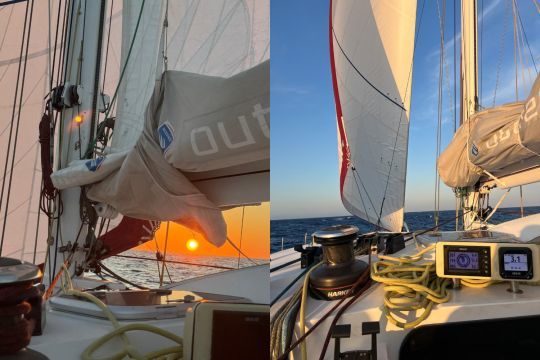
The breath of an island on a human scale
La Savina, the island's main port, is its quiet gateway. The pontoons welcome fishermen, ferries from Ibiza and a few discreet yachtsmen. The port is modern and well-organized, yet remains on the scale of Formentera: no flashy luxury, no unnecessary fuss.
The access channels are marked out, but the north-easterly wind (the tramontana) can slip in without warning. It's best to anticipate your anchorage and take advantage of a stopover at the quay to refill your tank and check your authorizations: anchorage management is strict here, especially around the Salines d'Eivissa and Formentera nature parks.
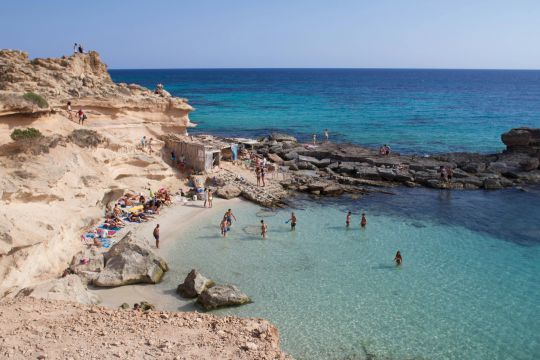
Leaving the harbour, the sea opens out onto Ses Illetes this mythical ribbon of sand unwinds its turquoise gradations all the way to the islet of Espalmador. It's an almost tropical setting, ranked among the most beautiful beaches in the world. On land, the salt flats change hue with the day: pink at dawn, silver at midday, white at sunset.
But there's nothing set in stone about this picture. It lives to the rhythm of the light, the wind and the posidonia, the underwater prairie that purifies the water and stabilizes the seabed. Here, every misplaced anchor is a wound. The local authorities are on the lookout, as are responsible sailors. Formentera has to be earned: anchors are dropped with respect, or not at all.
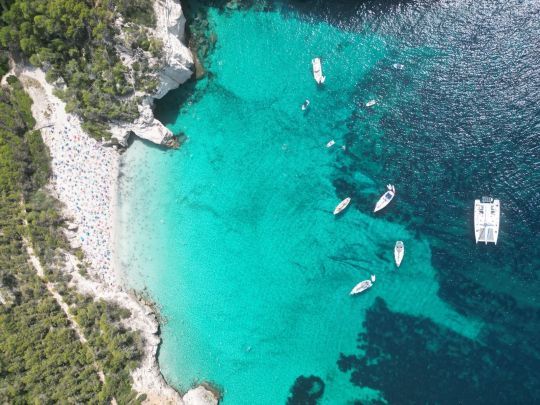
Espalmador, the still and pure
To the north, separated by a narrow inlet, espalmador islet seems to float between sea and sky. At high tide, the pass almost closes; at low tide, it reveals a sandy path. Navigation here calls for caution: shallow waters, sometimes strong currents, and a strictly protected zone.
Eco-friendly buoys replace anchors, a rare and necessary luxury.
In the off-season, Espalmador becomes once again what it has always been: a place of silence. The rare sailboats that find shelter here seem suspended in time. On the surface, only the ripples of the wind trace the invisible signs of passage. The "luxury of nothing" takes on its full meaning here.
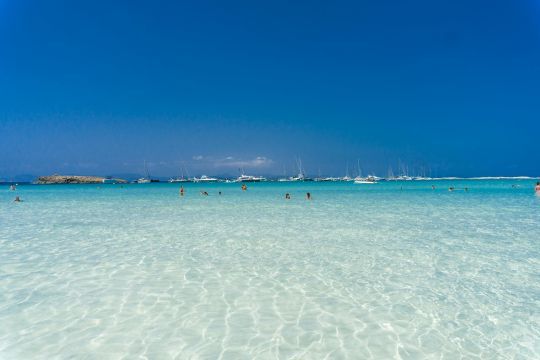
The wild south
Further down, as the island narrows, the light changes. The blond sand becomes ochre, the sea denser. The wind rushes between the dunes of the Migjorn where miles of deserted beaches stretch.
Sabines, twisted by gusts of wind, offer their meagre shade to walkers. The mills of Es Pi des Català still stand, guardians of a forgotten agricultural past. You'd think you were walking through a film set from the movie More whose light-scorched lands inspired the cover of the Pink Floyd soundtrack.
Visit Barbaria Cape the lighthouse, planted on the cliff, watches over the immensity of the landscape. In the golden hour, it becomes an altar: the last rays shatter on it as if on glass. Further down, the slipways of S'Anfossol recall the essence of Formentera as an island of sailors, shaped by the patience of wind and salt.
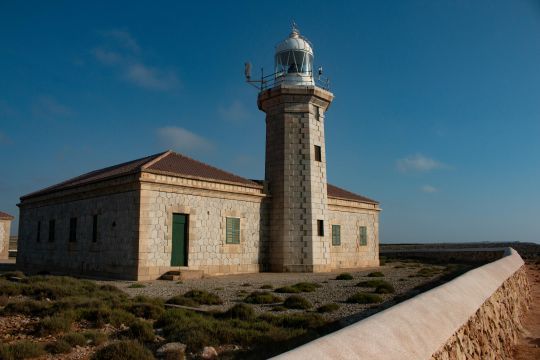
Sailing with awareness
In Formentera, every gesture counts.
We prefer sand to sea grass, sailing to motoring, slowness to speed. On land, we support Sant Francesc's shops, craftsmen and fishermen.
This island balances tourism and silence, beauty and vigilance.
Sailing here means accepting to be part of a whole.
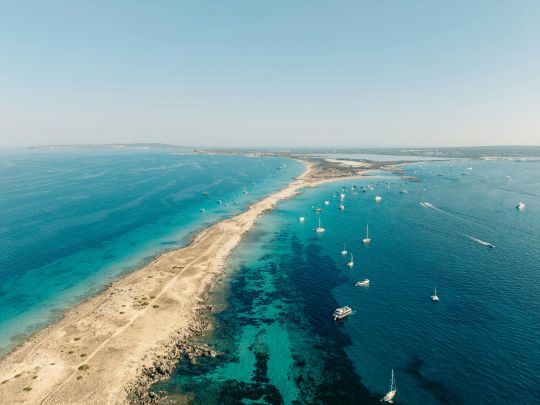
Formentera can't be explored: it must be contemplated. Between the ever-changing salt flats, razor-sharp dunes and translucent coves, it's a reminder that beauty comes in small packages: a breath of wind, a flickering light, the right anchorage. It's a lesson in the sea, and perhaps also a lesson in life.
"I like to think that every anchorage heals the soul a little, as long as you leave room for the sea grass and silence

 /
/ 